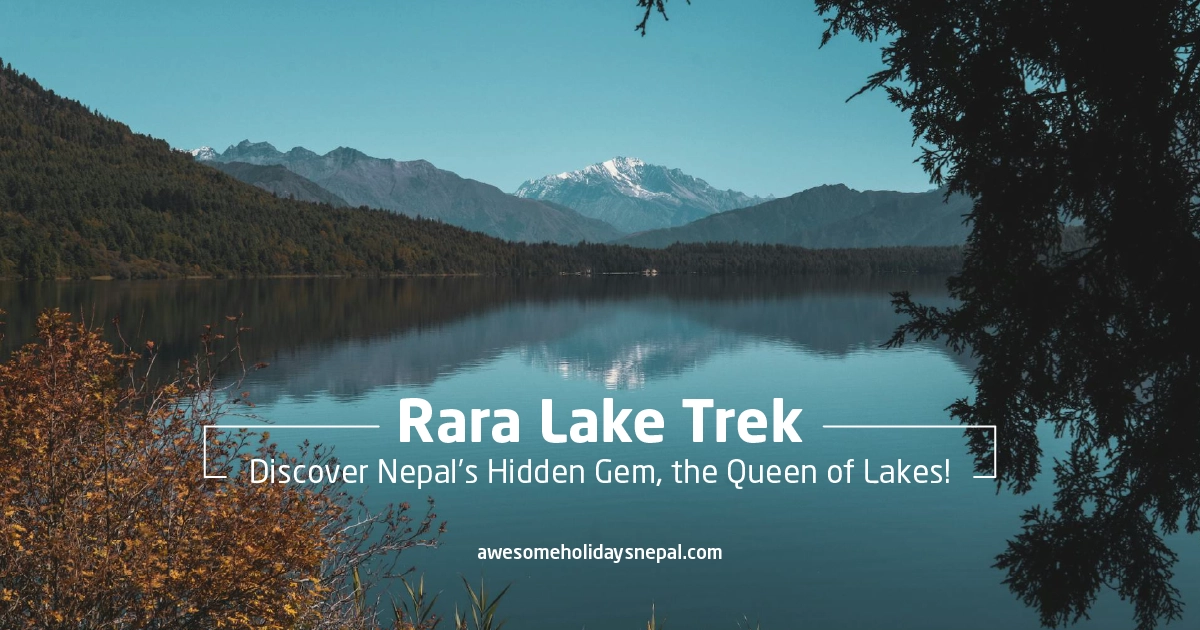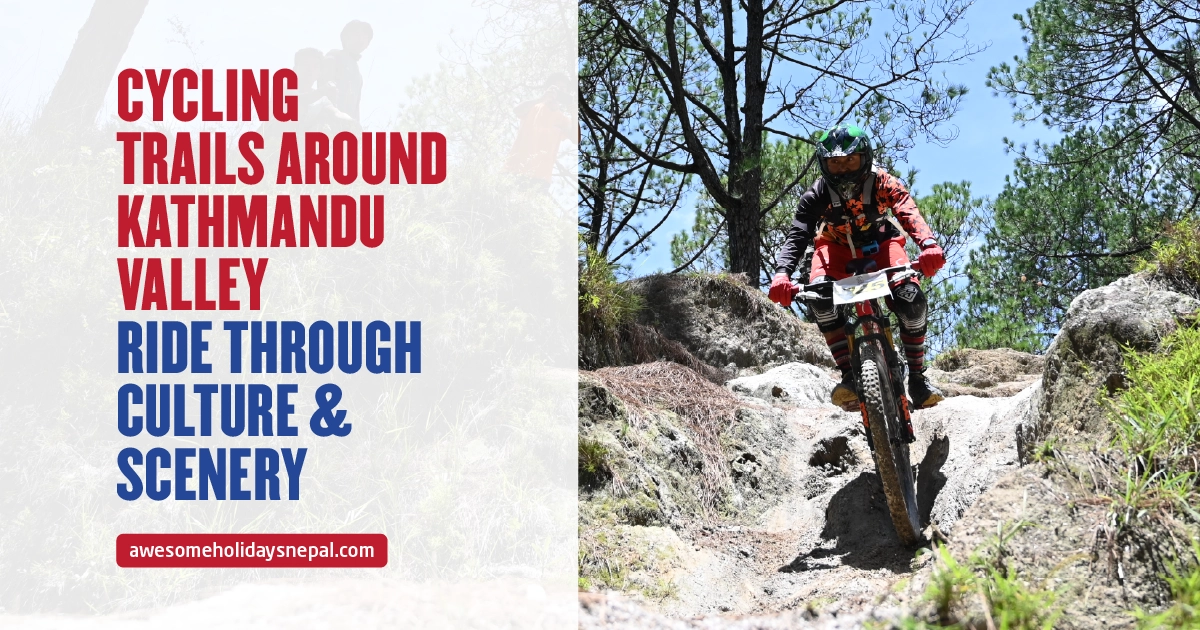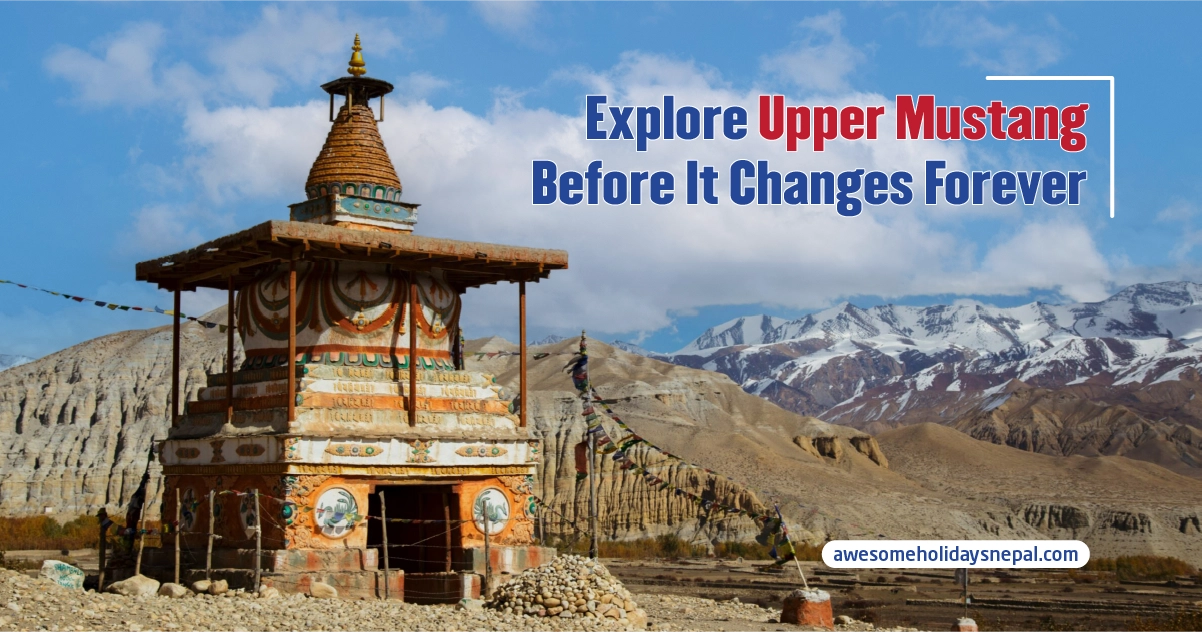Gokyo Lakes: A Hidden Himalayan Gem
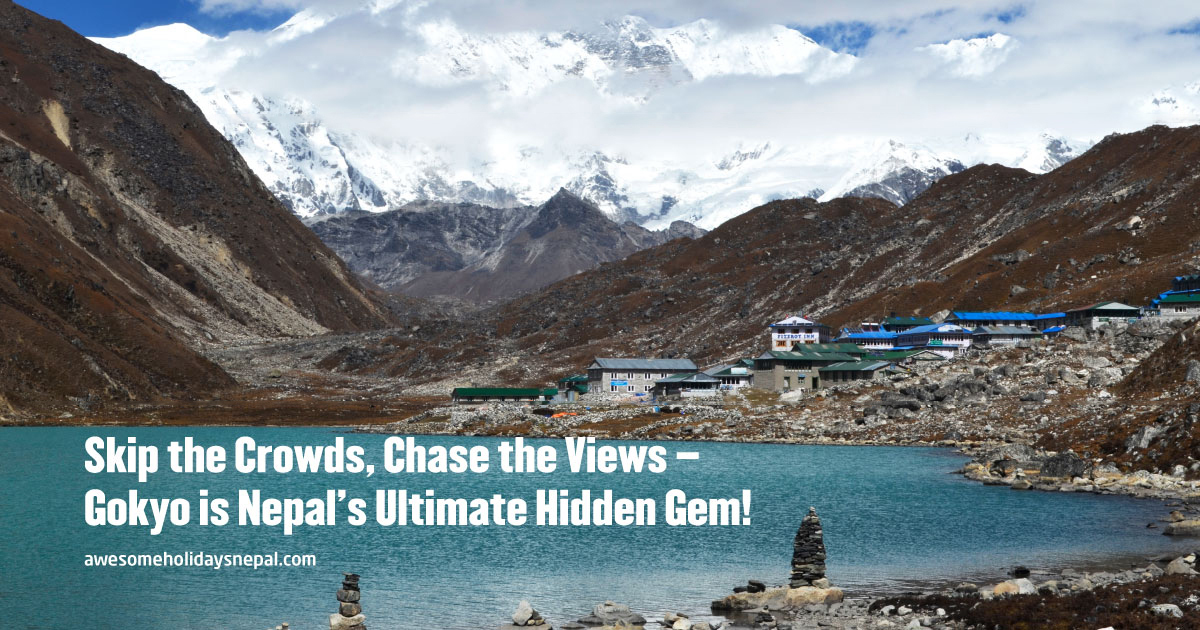
In the heart of Nepal’s Everest region, the gorgeous Gokyo Lakes present a peaceful alternative to the bustling Everest Base Camp trek. It is one of the most unspoiled sites in the Himalayas, this high-altitude glacial lake system is positioned at an altitude of 4,700 to 5,000 meters.
The lakes, famous for their brilliant azure color, show the soaring peaks of Everest, Lhotse, Makalu, and Cho Oyu. More than just magnificent scenery, the journey to Gokyo Lakes provides an intensive cultural experience via traditional Sherpa villages, centuries-old monasteries, and holy pilgrimage sites.
A Glance at Gokyo Lakes
Gokyo lakes are six high-altitude freshwater lakes situated within the Sagarmatha National Park, a UNESCO World Heritage Site. Besides being gorgeous to look at, the lakes have great spiritual meaning. Particularly during the Janai Purnima festival, Hindu and Buddhist pilgrims flock in numbers annually to these holy waters to seek for purification and blessings.
Arguably even better than the well-known Kala Patthar perspective, the highlight of the trip is the climb to Gokyo Ri (5,357m), which offers one of the most magnificent vistas of the Himalayas. From here, you get to witness the great Ngozumpa Glacier that stretches down the gorge, which is the biggest glacier in Nepal.
History and Spiritual Significance
Gokyo Lakes have long been revered by both Hindus and Buddhists. As per local beliefs, the third lake, Gokyo Cho (Dudh Pokhari), is the most sacred lake and linked with the Nag Devata (Serpent God). The pilgrims believe that if you bathe in these waters, it will bring spiritual purification and blessings.
As climbers and hikers traveled into the Everest area, the area started to be known worldwide in the 20th century. Since then, people looking for a quieter and less crowded alternative to Everest Base Camp have begun choosing it.
Number of Gokyo Lakes
There is a total of six Gokyo lakes. They are oligotrophic lakes which are situated at an altitude of 4,700 to 5,000 meters in the Sagarmatha National Park of Nepal. These are the world’s highest freshwater lake systems and consist of six lakes.
- Longponga Tsho (4,650m) – It is the first lake you encounter on the trek. The lake is popular for its still waters and scenic reflections.
- Taboche Tsho (4,710m) – A larger, deeper lake with stunning blue hues and mirror-like reflections of the surrounding peaks.
- Gokyo Cho / Dudh Pokhari (4,790m) – Gokyo Cho is also known as Dudh Pokhari and is the main and most sacred lake, where Gokyo Village is located.
- Thonak Tsho (4,870m) – The biggest in surface area, offering a more remote and tranquil experience. It is the largest lake of the six lakes.
- Ngozumpa Tsho (4,980m) – It is the smallest lake among the six lakes and is situated near the Ngozumpa Glacier, with a dramatic high-altitude scenery.
- Gyazumpa Tsho (5,000m) – The highest and least visited, offering breathtaking solitude and untouched beauty.
Trek to Gokyo Lakes
The Gokyo Lake trek is a challenging yet rewarding journey that takes around 10–12 days to complete. The trek begins with a flight to Lukla, followed by a hike through Namche Bazaar, Dole, and Machhermo, before reaching the Gokyo Valley.
Route & Itinerary
- Day 1: Flight from Kathmandu to Lukla (2,860m), trek to Phakding (2,610m)
- Day 2: Trek to Namche Bazaar (3,440m)
- Day 3: Acclimatization day in Namche Bazaar
- Day 4: Trek to Dole (4,038m)
- Day 5: Trek from Dole to Machhermo (4,470m)
- Day 6: Trek to Gokyo Village (4,750m)
- Day 7: Acclimatization Day, Hike to Gokyo Ri (5,357m)
- Day 8: Optional visit to Fifth Lake (Ngozumpa Tsho)
- Day 9: Descend to Dole Village
- Day 10: Trek back Dole to Namche Bazaar
- Day 11: Return from Namche Bazaar to Lukla
- Day 12: Flight back to Kathmandu
Difficulty & Preparation
The Gokyo Lake trek is considered moderately difficult due to its high-altitude trails, steep ascents, and unpredictable weather conditions. Acclimatization is crucial to prevent altitude sickness, and trekkers should maintain a slow pace, stay hydrated, and consume high-calorie meals.
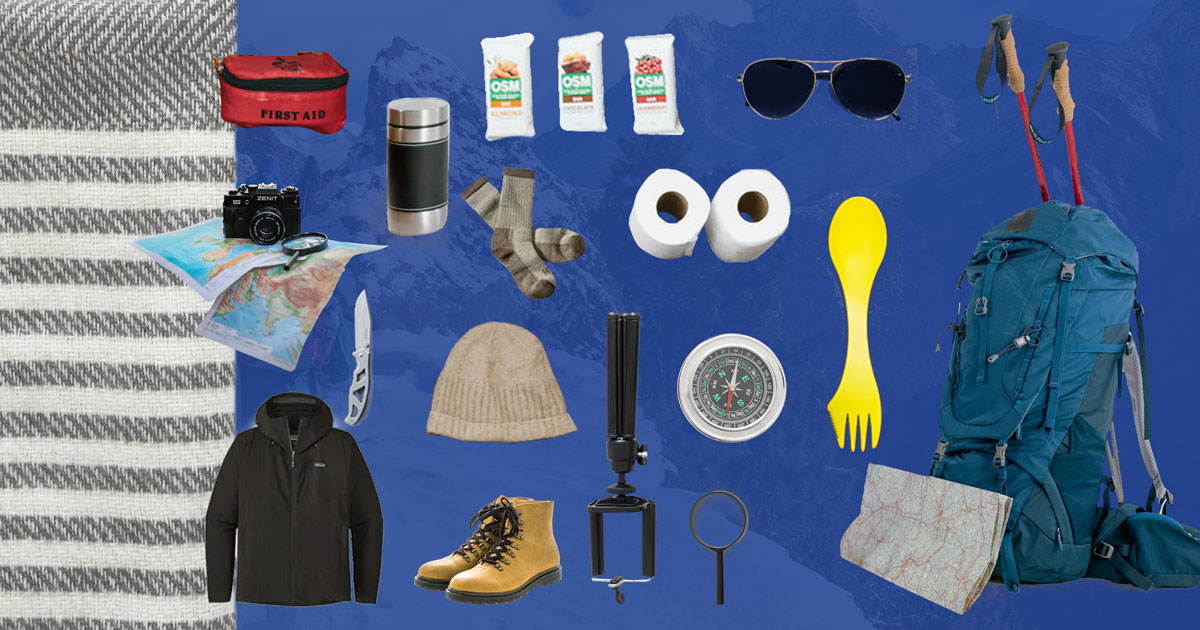
Recommended Gear
- Trekking boots & warm clothing
- Down jackets & fleece layers
- Sleeping bag (-10°C rating)
- Trekking poles & sunglasses
- Water bottle & purification tablets
- First aid kit & altitude sickness medication
Attractions & Activities
Apart from trekking, visitors can indulge in several exciting activities:
- Climb Gokyo Ri: Here you will be able to view the best sunrise and panoramic views.
- Explore all six glacial lakes and their surroundings.
- Wildlife spotting, including Himalayan Thar, Musk Deer, and Snow Leopards
- Get the chance to experience Sherpa culture through village homestays
- Get immersed in the Sherpa cuisine such as Dal Bhat, Momos, Yak Cheese, Chhaang (a local alcoholic beverage), and more.
Accommodations & Dining
Mostly family-owned, the Gokyo region has tea houses and lodgings that provide a warm and cozy place to rest. Likewise, the options for accommodations range from simple lodgings with common amenities to somewhat nicer lodgings with private rooms.
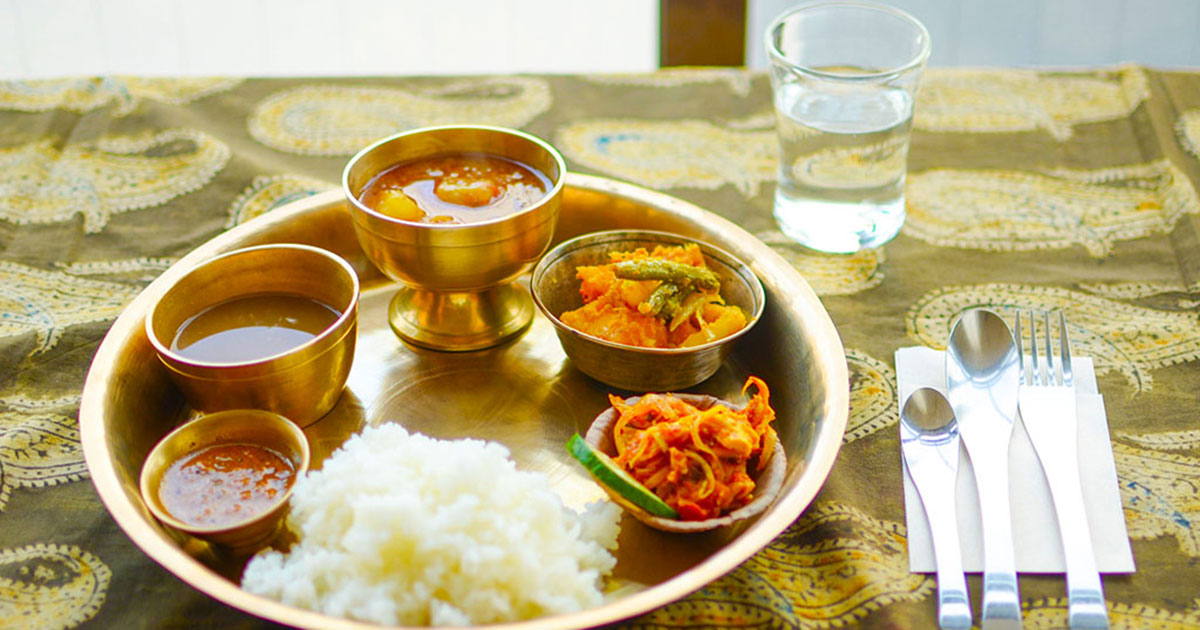
From Western fare (pasta, pizza, pancakes) to customary Nepali cuisine (Dal Bhat, Thukpa, Sherpa Stew), there are several dining choices. Butter tea and ginger lemon honey tea are wonderful for warming up following a chilly trekking day.
Here, we also have a list of 13 foods you should not miss while you are in Nepal.
Safety & Health Considerations
We know that the trek to Gokyo Lakes includes high-altitude routes, so preventing altitude sickness is a top concern. You need to ascend slowly and take sufficient acclimatization days to enable the body to adapt to lesser oxygen levels, therefore stopping this. Similarly, it is equally important to stay well-hydrated; eat warm, energy-rich foods like soups, tea, and high-protein meals that keeps your energy up and body temperature in check.
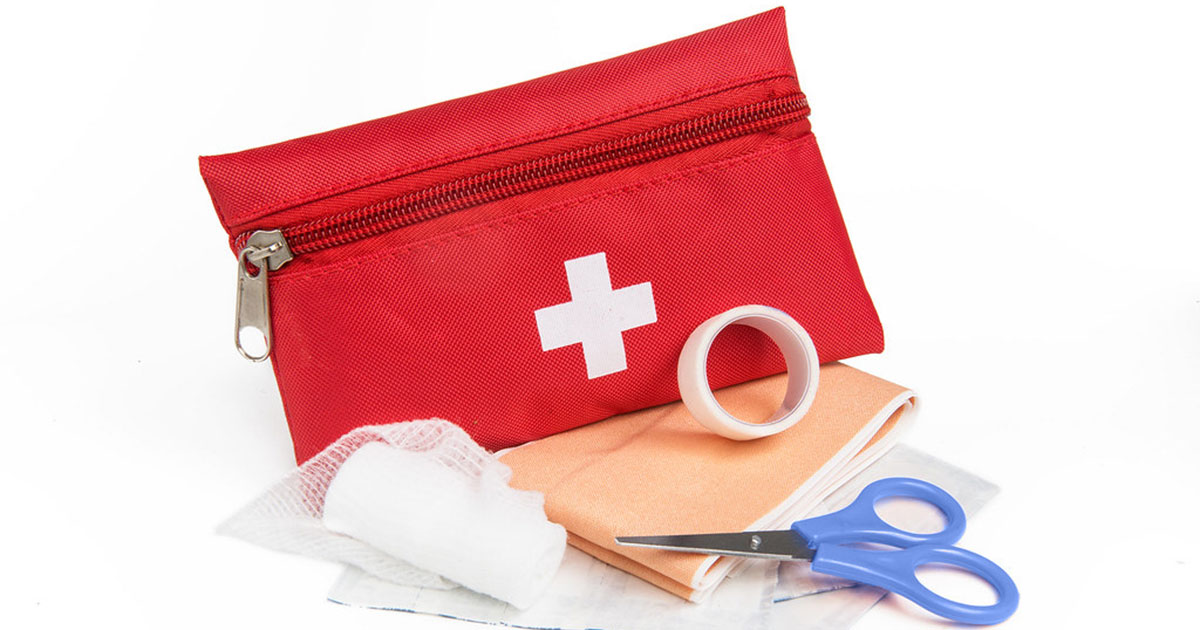
Trekkers should therefore bring a first aid kit, personal hygiene products, and extensive travel insurance to handle any medical crises as well as keep their health up. Hiring a local guide and porter can also help to improve your trek experience. While porters assist to reduce the load and therefore let hikers enjoy the trip without too much physical strain, guides offer useful information on the culture, topography, and safety practices of the area.
Get Lost in Gokyo Lakes Beauty
The Gokyo Lakes trek offers a once-in-a-lifetime experience blending in the magnificent scenery, historical significance, and cultural depth. It provides a unique Nepal experience thanks to its peaceful trekking paths, massive Himalayan peaks, and tranquil glacial lakes.
For each trekker and adventure enthusiast, Gokyo Lakes is an absolute must-see destination whether you are looking for stunning views, peace, or a cultural discovery.
FAQs
Expand AllWhat is Gokyo Lakes?
Gokyo Lakes are oligotrophic lakes which are situated at an altitude of 4,700 to 5,000 meters in the Sagarmatha National Park of Nepal.
How high are Gokyo Lakes?
The Gokyo Lakes have an elevation of 4,700 to 5,000 meters (15,400–16,400 ft).
How many lakes are there in Gokyo?
The Gokyo Lake system consists of 19 small and big lakes. But among them six lakes are considered to be the main lakes.
What is the highest freshwater lake system in the world?
Gokyo Lakes are considered the world’s highest freshwater lake system.
What is the best time to visit Gokyo Lakes?
The ideal time to visit Gokyo Lakes is during the spring and autumn seasons.
What are the six lakes in Gokyo Lakes?
The lakes in the system are Longponga Tsho, Gokyo Cho (Dudh Pokhari), Thonak Cho (the largest), Taboche Tsho, Ngozumpa Tsho, and Gyazumpa Tsho.
Related blog posts
Discover a choice of tourist destinations loved by most of our visitors. Whether you're on a jungle safari to spot rare animals or walking through a world heritage site, these well-planned itineraries cover the major highlights of Nepal.


